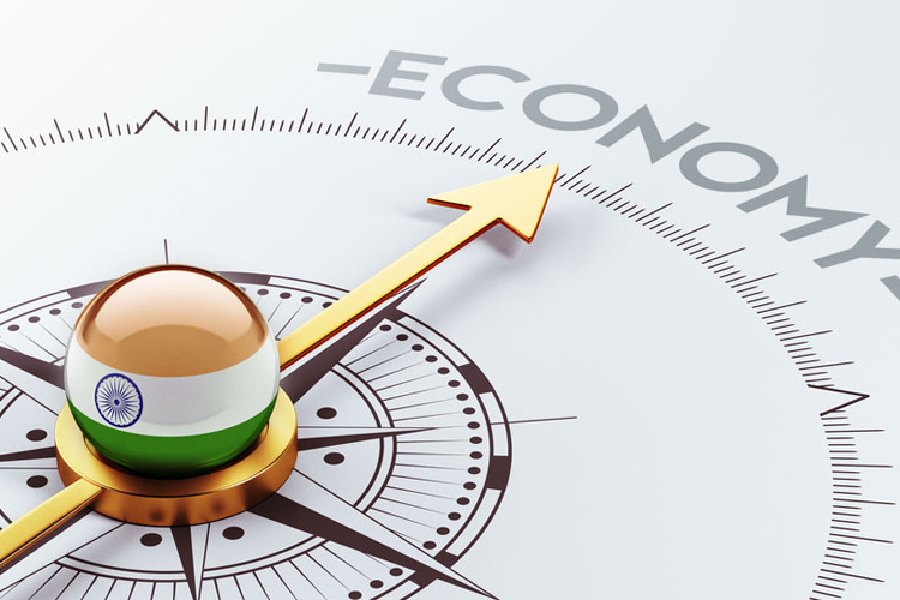The United Nations recently warned of a rise in the global debt burden. India’s external debt had hit an all-time high of $624.7 billion as on March 31, 2023. Out of this debt, about 54.6% is denominated in US dollars. This raises an old question about the economic costs of foreign debt. The foreign debt has to be serviced. The cost of servicing the debt is measured not only in terms of the monetary amounts but also the opportunity foregone in using the resources for spending on poverty-reducing schemes and programmes. If poor nations have to spend more on debt servicing than they can on anti-poverty development efforts, it imposes a burden in excess of what the monetary burden signifies. India’s ratio of external debt to gross domestic product is relatively low. According to the Niti Aayog measure of multi-dimensional poverty, the percentage of poor people has fallen from 24.85% in 2015-16 to 14.96% in 2019-2021. Hence, the impact of a rise in external debt can be seen to be offset by the fact that poverty levels are declining. The conclusion, in this context, is that the nation can afford to service a higher debt without having to cut back development spending because the number of poor people is falling and the need for such spending is declining.
However, this argument has to be placed against the impact of the pandemic on poverty in India. Using World Bank data, the Pew Research Center found in 2021 that the size of the Indian middle class had shrunk by 32 million during Covid. It also found that the number of people who were pushed below the poverty line during the same period was estimated to be 75 million. This result was based on income and employment attributes of poverty. If the Pew findings are true, then the need for anti-poverty spending can be seen to increase rather than decrease. The burden of a rising external debt becomes more acute. One way of reconciling the two sets of findings is to note that the measure used by the Niti Aayog does not consider income or employment attributes of poverty. The nearest purely economic factor considered is the level of assets possessed by a household. The two measures are different, with the multi-dimensional one much more qualitative, meant to go beyond monetary dimensions. Having said this, one important question remains. If, indeed, poverty measured in incomes went up during Covid, then it is difficult to think of qualitative aspects depicting the standard improving. This is another instance where the reliability of India’s official data might be questioned.











